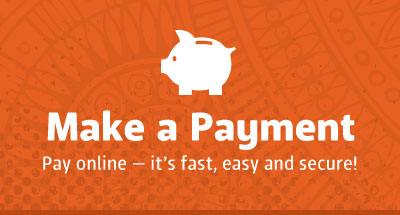Blog
Read our blog for the latest news about our company and the auto insurance industry.
An exciting south-of-the-border road trip may be closer than you think! If you are lucky enough to call Phoenix, Arizona home, you can reach a port of entry to Mexico in roughly three hours by car. Driving from Phoenix to Mexico can be...
Speeding in Phoenix can cost you more than just a fine. A ticket can add points to your driving record, increase your insurance rates, and even lead to a suspended license if you’re not careful.
If driving is part of your job,...
As the weather starts to cool down, it’s a good time to get your car ready for the season. A little basic car maintenance and auto insurance information now can...
Arizona may be home to the Grand Canyon, but this epicenter of natural beauty is also a hub of highways, traffic, and cars. The Arizona Department of Transportation (ADOT) reports that the volume of traffic in the Phoenix metro area...
Phoenix may best be known for world-class golf and year-round sun, but the Grand Canyon State is also a mecca for highways, traffic, and car accidents. The Arizona Department of Transportation (ADOT) reported over 30,000 accidents in...
Arizona may be famous for its breathtaking National Parks and desert beauty, but this state is also a hotbed for small businesses. In fact, according to the Statistics of U.S. Businesses provided by the Census, Arizona is home to over...
The Grand Canyon State may be best known for its beautiful desert landscapes, but that doesn't mean Arizona residents don't need lawn care. Your lawn care company may be responsible for maintaining green grass and hedges, but it’s up to...
You’ve poured your blood, sweat, and tears into making your Arizona business a true Grand Canyon State success. From marketing to logistics, you’ve covered it all, so why leave yourself vulnerable when it comes to...
Auto insurance serves as a safety net for drivers, helping to provide financial protection in the event of accidents, theft, or other unforeseen circumstances. In this article, we'll delve into some important basics of auto insurance,...
When you love your car, you want to keep it in the best possible condition. After all, this mode of transportation gets you from point A to point B and you probably spend a lot of time in the driver’s seat. Therefore, you want to make...






